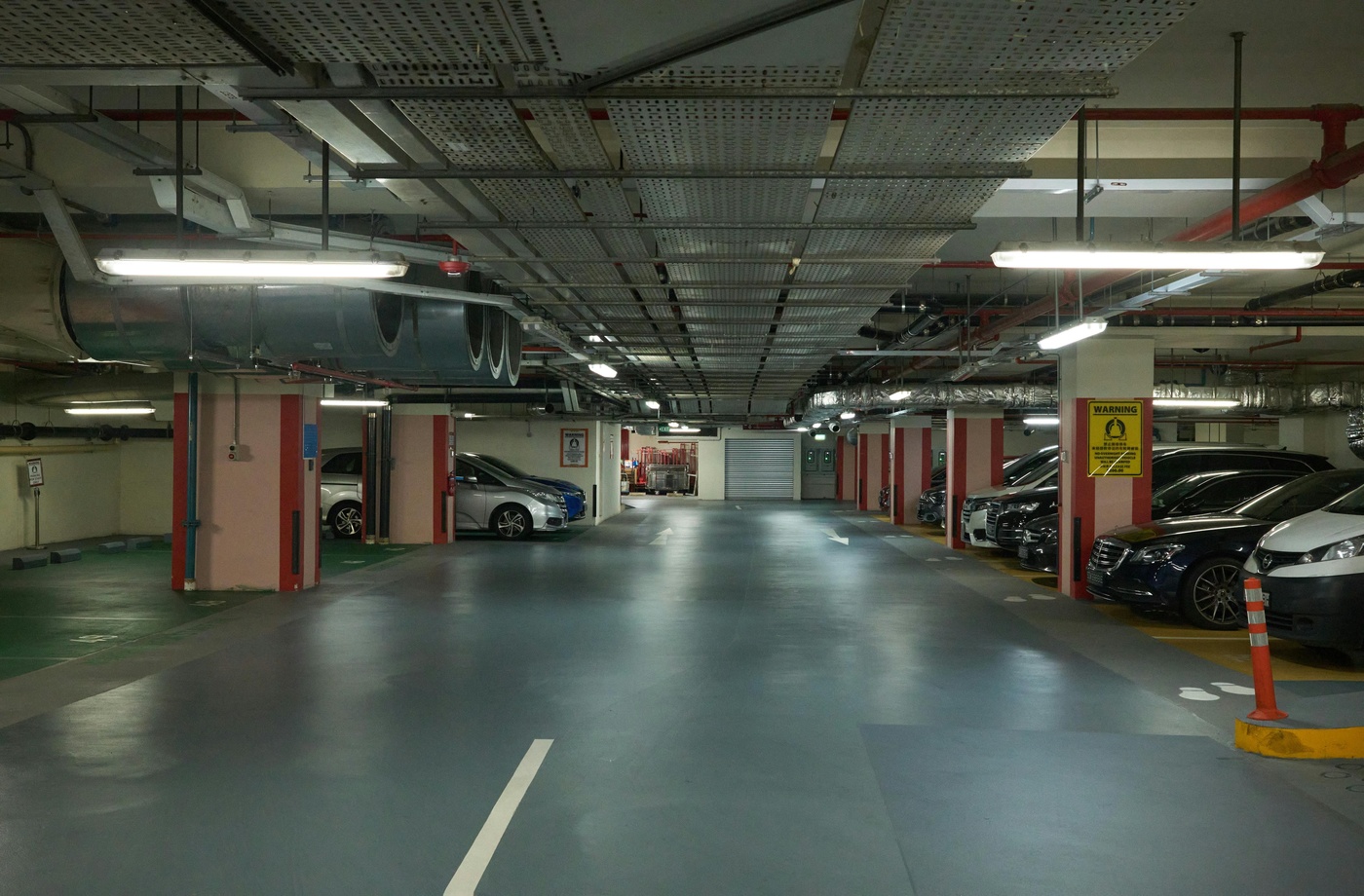You’ve probably seen it happen: one day, parking at your go-to garage costs $12, and the next, it’s suddenly $24. Welcome to the world of dynamic pricing—where parking rates shift in real time based on demand, location, and even the weather. While this system may be great for maximizing revenue for lot operators, it can make it tough for drivers to plan and budget. The good news? With the right strategy, you can beat the pricing curve and avoid overpaying.
What Is Dynamic Parking Pricing?
Dynamic pricing is the practice of adjusting parking rates in real time based on factors like:
- Day of the week
- Time of day
- Special events or holidays
- Lot occupancy levels
- Local traffic patterns
- Weather conditions
It works similarly to how ride-sharing companies like Uber or airlines price their services. During high-demand periods—like concerts, rush hour, or weekends in entertainment districts—rates can double or even triple without notice.
Where You’re Most Likely to See It
Dynamic pricing is most common in:
- Downtown business districts
- Entertainment zones near stadiums or arenas
- Municipal lots with real-time sensor systems
- Airports and high-volume transit hubs
Many cities and parking operators use apps or digital meters that allow for remote rate changes. That’s why a spot that was $2/hour on Monday morning might be $6/hour during a Friday night event.
Why It Can Cost You More Than You Expect
Because dynamic pricing responds to live demand, you might lock in a spot thinking you’re getting a deal—only to realize you could’ve parked for half the price just a few blocks away. Worse, some systems don’t show updated rates until after you’ve already parked and committed to the session.
Smart Ways to Beat Dynamic Pricing
- Use Parking Apps That Show Real-Time Rates
Apps like SpotHero, ParkWhiz, and ParkMobile allow you to compare rates across multiple garages and lots in real time. Booking ahead through these apps helps you lock in a price before it rises, and many offer discounted rates for reservations made in advance.
- Reserve in Advance for Events and Peak Hours
If you’re heading to a sports game, concert, or holiday event, don’t wait to find parking when you arrive. Pre-book your spot a day or two ahead. Many operators offer early bird rates or flat-rate pricing if you book online—even when the drive-up rate fluctuates wildly.
- Park a Few Blocks Away from the Action
Prices spike closest to high-traffic destinations, but even a five-minute walk can dramatically lower your rate. Look for lots in commercial areas adjacent to the event zone—they often have more stable pricing.
- Use Cashback Tools Like Fluz to Offset Price Hikes
Even if you end up paying a bit more during a surge, you can reduce your out-of-pocket cost with Fluz gift cards. Search for a merchant like Park ‘N Fly, buy a digital gift card through the app, and use it to pay through a booking site or parking provider. You’ll earn instant cashback—effectively rolling back the price increase.
- Know the High-Demand Windows in Your Area
If you park in the same district regularly, take note of trends. Maybe rates go up after 5 p.m. or only spike on Thursdays when local events occur. Awareness of these patterns can help you shift your schedule slightly and avoid surges.
- Avoid In-App Rate Surprises
When using parking apps or kiosks, always check the final rate before confirming. If you’re seeing a significant increase from earlier in the day, it might be worth pulling out and parking elsewhere. Some garages post fixed rate boards at the entrance—take a quick photo so you can contest charges if they don’t match.



